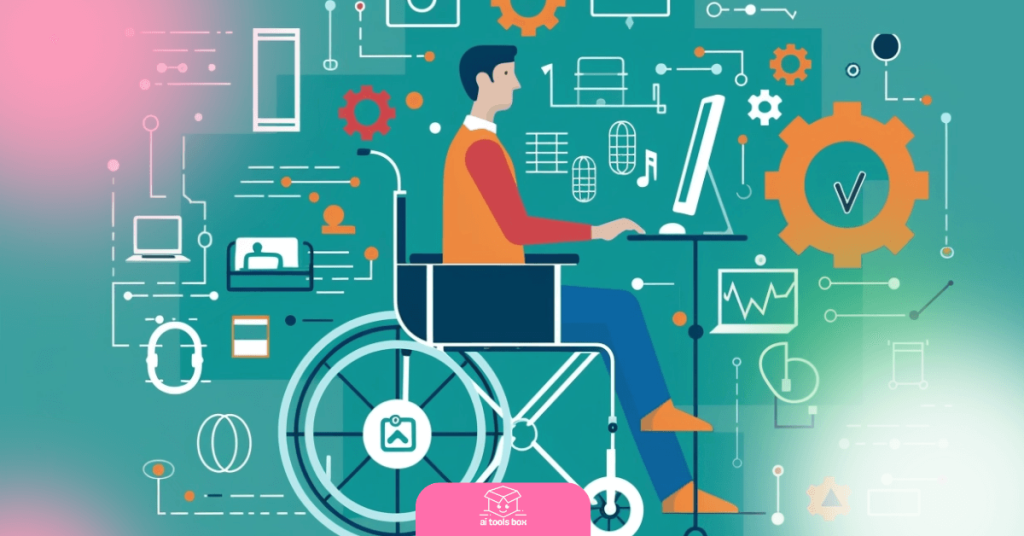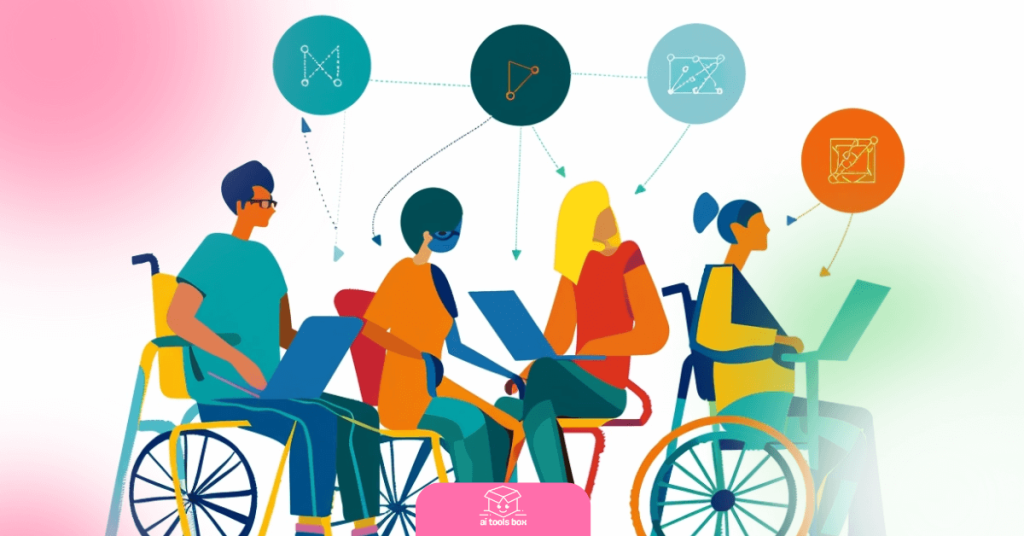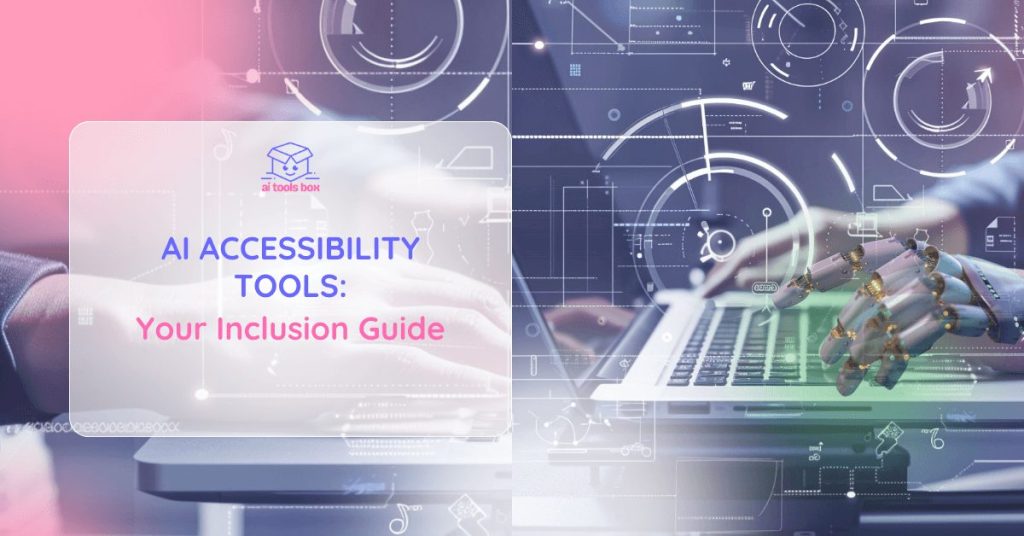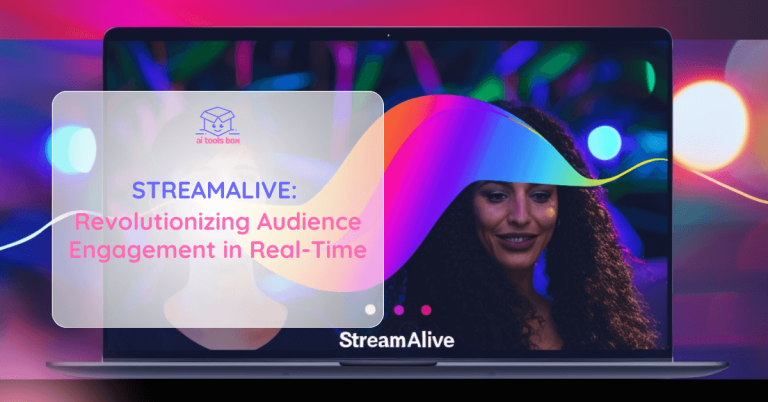Importance of Digital Accessibility
Accessibility in online environments is critical to ensuring that all users, particularly those with disabilities, can fully engage with content and services. This encompasses a broad spectrum of needs, from visual and auditory impairments to cognitive and motor disabilities. Effective accessibility removes barriers that can hinder full participation in society and opens up opportunities for education, employment, and social interaction.
Role of AI in Enhancing Accessibility
Artificial Intelligence (AI) has emerged as a pivotal tool in improving accessibility. Unlike traditional methods, which are often reactive and require manual input, AI introduces a proactive approach. By leveraging technologies such as machine learning and natural language processing, AI applications can anticipate the needs of users with disabilities and adapt digital interfaces accordingly. This not only streamlines user interaction but also ensures that adjustments are continuously refined to meet evolving user requirements.

AI in Accessibility: AI transforms accessibility by automating and personalizing the user experience. This includes generating descriptive text for images, simplifying complex text for better comprehension, and adapting user interfaces to various interaction modalities such as voice commands or eye-tracking.
The adoption of AI in accessibility strategies represents a shift towards more dynamic and responsive solutions, promising a more inclusive online environment for all users.
AI as a Game-Changer in Accessibility
New Era of AI Empowerment
Artificial Intelligence is revolutionizing the field of accessibility by shifting from a passive to a proactive stance in web and application design. AI-driven tools are now capable of performing advanced tasks such as real-time content adaptation, interface customization, and sensory enhancements without human intervention. This proactive approach not only enhances the immediate usability of digital assets but also ensures that accessibility evolves alongside technological advancements.
Intelligent Adaptations: AI technologies intelligently analyze user behavior and preferences to adapt websites and applications. This can include adjusting text sizes and colors for those with visual impairments or creating more navigable website layouts for users with motor disabilities.

Traditional vs. AI-Driven Solutions
Traditional accessibility solutions often involve retrofitting existing content, a process that can be time-consuming and imprecise. In contrast, AI-driven solutions integrate accessibility at the core of development, using algorithms that can predict and adjust to user needs in real-time.
- Continuous Learning: One of the most significant advantages of AI in accessibility is its capacity for continuous learning. AI systems can analyze vast amounts of user interaction data to learn and adapt, ensuring that accessibility solutions improve over time.
- Scalability and Efficiency: AI tools can be applied at scale, making it easier for organizations to implement comprehensive accessibility solutions across multiple platforms and devices. This scalability also means that AI can deliver personalized experiences to a wide audience without a corresponding increase in resource allocation.
The integration of AI into accessibility practices not only enhances the functionality and user experience of digital products but also emphasizes the commitment of organizations to inclusivity. As AI technologies advance, they are set to become indispensable tools in the quest for universal digital accessibility.
Core AI Accessibility Technologies
Image Recognition and Alt-Text Generation
AI-driven image recognition technology plays a crucial role in making visual content accessible to individuals with visual impairments. By employing sophisticated algorithms, AI systems can analyze images and generate accurate alternative text (alt-text) descriptions. These descriptions are crucial for screen readers, allowing visually impaired users to understand the content that would otherwise be inaccessible to them.
Enhanced Descriptive Capabilities: Advanced AI models go beyond basic object recognition. They can interpret scenes, recognize emotional expressions, and describe complex interactions within images. This level of detail is vital for providing a richer understanding of visual content.

Natural Language Processing for Simplified Access
Natural Language Processing (NLP) is another cornerstone of AI-driven accessibility. NLP technologies enable the simplification of text, making content more accessible to people with cognitive disabilities, learning difficulties, or those who are not native language speakers.
- Text Simplification: AI-powered tools analyze complex text and rephrase it into simpler language without losing the original meaning. This process ensures that information remains accessible and understandable, widening the audience that can engage with digital content effectively.
- Text-to-Speech: NLP also facilitates the conversion of text into speech, which is instrumental for users who find reading challenging or prefer auditory learning. This feature supports a diverse range of learning and accessibility needs, enhancing the inclusivity of digital content.
Customization through AI
AI excels in customizing user experiences to accommodate individual preferences and needs. Through adaptive interfaces, AI can alter the layout and navigation of websites and apps based on the user’s specific requirements, such as magnifying text, adjusting color contrasts, or simplifying site navigation.
- Adaptive User Interfaces: These interfaces dynamically adjust according to the user's preferences and interaction patterns. For instance, a user with motor difficulties might benefit from a layout that is optimized for voice commands or minimalistic mouse movements.
- Personalized Settings: AI can remember individual settings across devices and platforms, providing a consistent and tailored experience regardless of the user’s point of access. This seamless adaptation not only enhances usability but also fosters a sense of familiarity and comfort for users with disabilities.
The deployment of core AI technologies in accessibility not only mitigates the barriers faced by individuals with disabilities but also propels the digital landscape towards a more inclusive future. By integrating image recognition, natural language processing, and customized user interfaces, AI equips websites and applications with the necessary tools to serve a diverse user base effectively.
Implementing AI for Accessibility
Practical Examples of AI in Action
The practical implementation of AI technologies in enhancing digital accessibility can be seen across various platforms and services.
For example, e-commerce sites utilize AI to generate alt-text for product images, ensuring that all users, including those with visual impairments, can understand what is being offered.
Educational platforms employ AI to provide real-time subtitles for videos, making learning more accessible to those with hearing impairments.
Industry-Specific Applications: In the healthcare sector, AI facilitates the creation of customizable patient portals that can adapt based on the user’s disability, improving access to vital medical information and services.

Step-by-Step Guide to AI Implementation
For organizations looking to integrate AI into their accessibility strategies, a systematic approach is essential:
- Assessment: Evaluate the current level of accessibility and identify areas where AI can have the most significant impact.
- Technology Selection: Choose AI tools that best fit the identified needs, considering factors such as compatibility, ease of integration, and support.
- Pilot Testing: Implement the chosen AI solutions in a controlled environment to monitor effectiveness and gather user feedback.
- Full Deployment: Roll out the AI tools across all digital assets, ensuring comprehensive coverage and accessibility.
- Continuous Monitoring and Adjustment: Regularly review the performance of AI tools and make adjustments based on new technologies, user feedback, and evolving accessibility standards.
Integration with Existing Systems
Integrating AI into existing digital infrastructures can be challenging but is crucial for seamless functionality. It involves technical alignment, such as API integrations, and ensuring that AI tools can operate effectively within the current tech stack. Training for developers and content creators on the use of AI tools is also essential to maximize their potential and ensure that they are used to their full capacity.
Cross-Platform Consistency: Maintaining a consistent user experience across different platforms is vital. AI can help standardize accessibility features across desktop and mobile interfaces, ensuring that users receive a uniform experience regardless of the device used.
The implementation of AI for accessibility is not just a technical upgrade but a commitment to inclusivity. By carefully planning and executing the integration of AI technologies, organizations can significantly enhance the accessibility of their digital content and services, making them available and usable for everyone.
Ethical and Regulatory Considerations
Compliance with Accessibility Laws
As AI technologies become increasingly integral to accessibility solutions, compliance with legal standards such as the Americans with Disabilities Act (ADA) and the Web Content Accessibility Guidelines (WCAG) becomes paramount. Organizations must ensure that their AI-driven accessibility features meet or exceed these regulations to avoid legal repercussions and to promote a genuinely inclusive environment.
Global Standards: Beyond national laws, international standards often guide the development and implementation of accessibility technologies. Compliance with these standards ensures that digital content is accessible to a broader audience, including users from different jurisdictions.
Ethical AI Development and Use
The ethical development and deployment of AI technologies in accessibility are critical to ensuring that these innovations benefit all users equally. Key ethical considerations include:
- Bias Mitigation: AI systems must be designed to avoid perpetuating existing biases in data, which can lead to unequal access and negative experiences for certain user groups.
- Transparency: Users should be informed about how AI is used to enhance accessibility on platforms they are using, including what data is collected and how it is utilized.
- Consent: Ensuring that users have the option to opt-in or out of AI-enhanced features respects individual privacy and choice.
Engaging with Disability Advocacy Groups
Collaboration with disability advocacy groups can provide valuable insights that drive the development of more effective AI-driven accessibility tools. These groups can offer firsthand feedback on how technologies affect various disabilities, leading to more nuanced and user-centric solutions.
Inclusive Design: Engaging with these groups during the design phase can help preemptively address potential issues, ensuring that the final product is as inclusive as possible.
Case Studies and Real-World Impact
Success Stories and Testimonials
Real-world examples illustrate the profound impact AI can have on accessibility. Case studies from sectors like retail, education, and public services reveal how AI technologies have removed barriers and improved the quality of life for many individuals.
Documented Improvements: For instance, a university that implemented AI-driven web enhancements reported a significant increase in course completion rates among students with disabilities, attributing this success to better accessibility of learning materials.
Global Impact and Multilingual Adaptation
AI's capability to adapt to different languages and cultural contexts significantly expands its impact on global accessibility. Tools that automatically translate and localize content not only make information more accessible but also ensure inclusivity across diverse populations.
Cultural Sensitivity: Ensuring that AI tools respect cultural nuances and language differences is crucial for their effectiveness and acceptance worldwide.
The potential of AI to transform accessibility is continuously demonstrated through successful implementations and the positive outcomes they drive. These examples not only show the effectiveness of AI in enhancing accessibility but also highlight the importance of ethical practices and international cooperation in expanding the reach of these technologies.
Future Trends in AI and Accessibility
Predictive Accessibility and Personalization
As AI technologies advance, the next wave of innovation in accessibility lies in predictive analytics and deeper personalization. AI systems will increasingly be able to anticipate individual needs based on previous interactions and adjust interfaces and content in real-time. This not only enhances user experience but also ensures that accessibility adaptations are always one step ahead.
Adaptive Technologies: Imagine AI tools that not only respond to user commands but also predict potential challenges and offer solutions before the user encounters them. This proactive approach could redefine accessibility, making digital environments more intuitive and user-friendly for people with disabilities.

Emerging Technologies and Methods
The integration of AI with other emerging technologies such as augmented reality (AR) and virtual reality (VR) promises to create more immersive and accessible digital experiences. These technologies can simulate real-world environments and provide guided, enhanced interactions that cater to various disabilities.
Multimodal Interactions: Combining AI with voice, gesture, and eye-tracking technologies will enable more complex and natural interactions within digital spaces, further breaking down barriers for those with physical and motor disabilities.
Resources and Further Learning
For those interested in deepening their understanding of AI and accessibility, numerous resources are available:
Educational Resources and Training
- Online Courses: Platforms like Coursera and Udemy offer courses on AI development and accessibility.
- Workshops: Many organizations host workshops that cover the practical aspects of implementing AI in digital accessibility.
Community and Online Forums
- Professional Networks: Joining networks like LinkedIn groups focused on accessibility can provide insights and opportunities for collaboration.
- Conferences: Annual conferences on technology and accessibility are great places to learn about the latest advancements and network with professionals in the field.
Conclusion and Call to Action
Championing Inclusion and Accessibility
The journey towards a fully accessible digital environment is ongoing, and AI plays a crucial role in this evolution. By embracing AI-driven solutions, developers, content creators, and business owners can ensure that digital services are usable by everyone, regardless of their physical or cognitive abilities.
How to Get Involved and Make a Difference
- Adopt Accessibility Standards: Implementing and adhering to recognized accessibility standards is the first step towards inclusivity.
- Leverage AI Tools: Explore and integrate AI tools that enhance accessibility within your projects.
- Seek Feedback: Engage with users with disabilities to gather feedback and continually refine your approach to accessibility.
By committing to these actions, stakeholders can contribute to a more inclusive digital landscape, where accessibility is not an afterthought but a fundamental aspect of design. This commitment not only fulfills a societal need but also enriches the digital ecosystem, making it more vibrant, diverse, and inclusive for all users.



